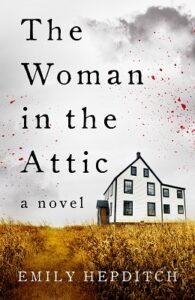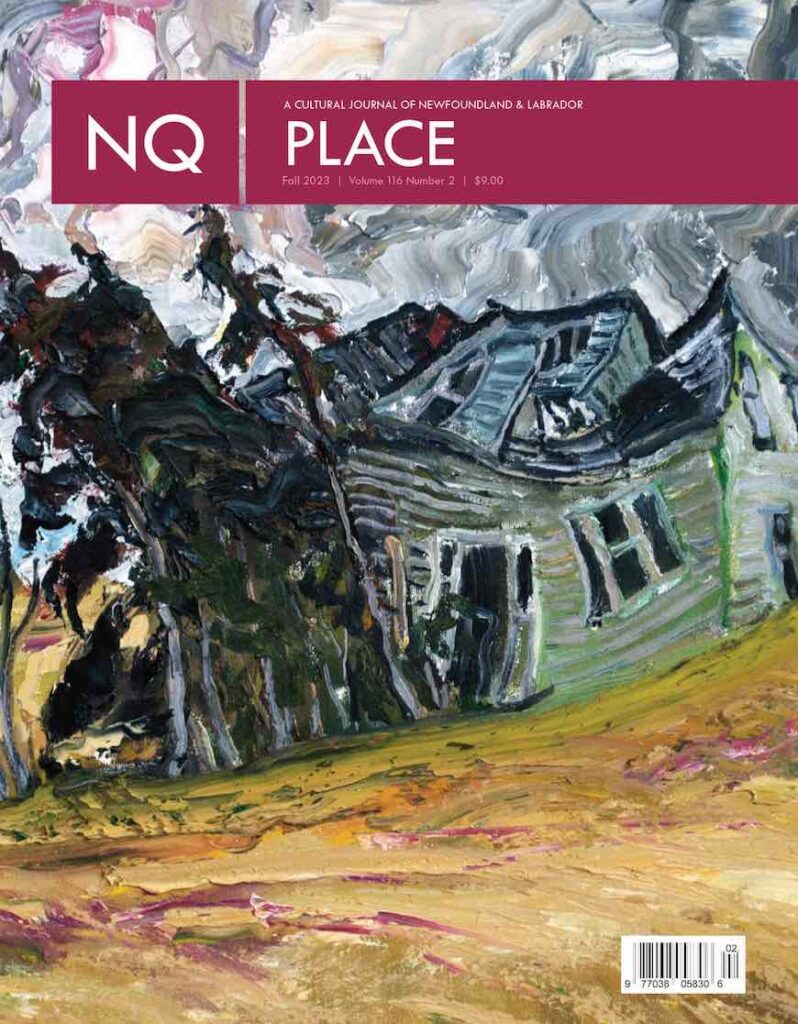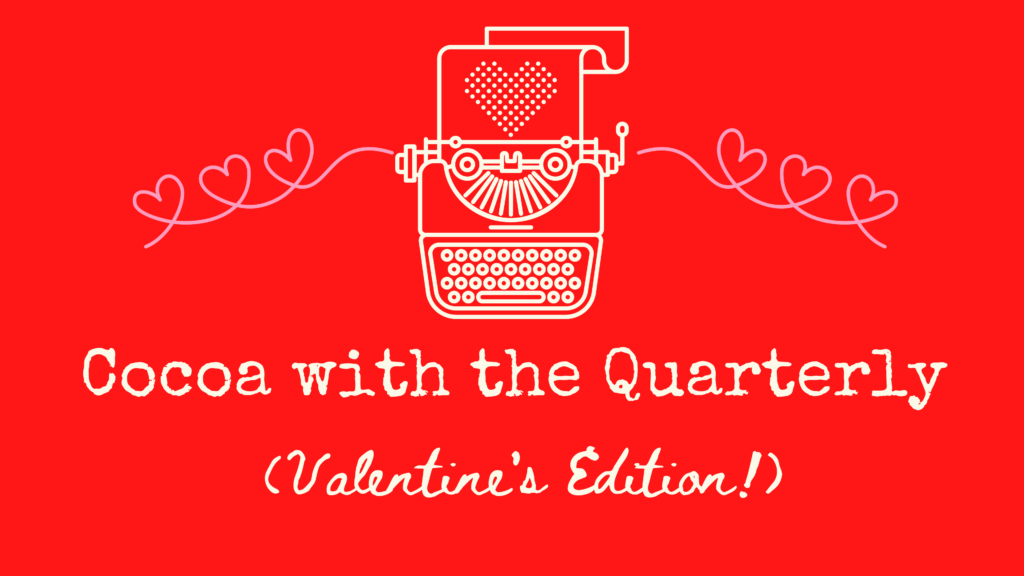Emily Hepditch – Drawn to the Gothic
March 2021
At university you studied linguistics, psychology, and criminology. That sounds like a scholastic blueprint for writing Gothic literature. Was that in your mind even then? And why Gothic?
I think that no matter what you seek to do in life, you end up getting pulled towards your interests. Initially, I had a hard time choosing my path in university, because I found so many different disciplines interesting. I actually didn’t intend on studying subjects that would impact my writing – my original plan was to study linguistics and become a speech-language pathologist, and work on my writing on the side. But nevertheless, I ended up being pulled toward psychology and criminology, and fell in love with studying human nature. And that’s what I was writing on the side, anyways, so the two streams of my work sort of bled together. I’m drawn to a Gothic style of literature because I love how setting impacts suspense, and how your characters aren’t limited in scope. Their motives and behaviours can stretch as far as you wish to take them! I also think this is a style of writing that most everyone can enjoy. Everyone likes a good spook now and again, so it appeals to lots of people.
Do you also work as an illustrator? Can you tell us a little about that?
I have had a passion for art and illustration since I was a kid. I remember drooling over Quentin Blake and Jan Brett illustrations in school. When I started university, I had to put my own art on the back-burner, especially to accommodate time for writing. I’m happy to say that’s changed since graduation! Right now, I’m working on some very special projects – some children’s literature. I won’t say much about them yet, but I’m having a great time mixing my love of writing with my artwork.
What artists, not necessarily authors, most influence you? A visual artist whose work you find inspiring? Is there a type of music or a musician you listen to while you write?
Oh, this is a big question. So many types of artists inspire me, but I would have to say I’m most moved by the rule-breakers. I’m anxious by nature, so it’s reassuring to look up to artists who aren’t intimidated by other people’s expectations. I love fearless, record-setting authors like Gillian Flynn, Taylor Jenkins-Reid, and Brit Bennett. I love painters like Manet and Hopper, whose art relies heavily on character and setting, and stepped outside of societal conventions at the time of their unveilings. For music, I listen to everything. Classical music and cinema scores are my go-to when I’m writing, but I find many artists such as Glass Animals, The Lumineers, and Florence Welch are such musical story-tellers that you can’t help but feel inspired when you listen.
Congratulations on your success with NL Reads! You were up against two non-fiction/auto-biographies, Almost Feral by Gemma Hickey, and One Good Reason by Sean McCann, and Douglas Walbourne-Gough’s poetry collection Crow Gulch – all well reviewed (as was yours). This is an obvious question, but you’re a young author, this is your first book; what does this mean to you?
Thank you so much! It goes without saying that this was an unbelievable honour. When I found out that I had been selected as a finalist alongside these incredible authors – that was a win all by itself. Knowing so many people read the book and took the time to vote for it is nothing short of a dream come true. I feel so thankful and so humbled that my first novel has had an impact on so many people.
What’s next for you, what are you working on now?
I’m in the final stages of editing my next novel. It’s another thriller, set on a hiking trail in the Long Range Mountains. I’m also working on a children’s book. However, at any given time, I’m picking at two-three stories at once, so I won’t make any promises!
The Woman in the Attic is published by Flanker Press ($19.95). It was recently named the winner of NL Reads 2021.




